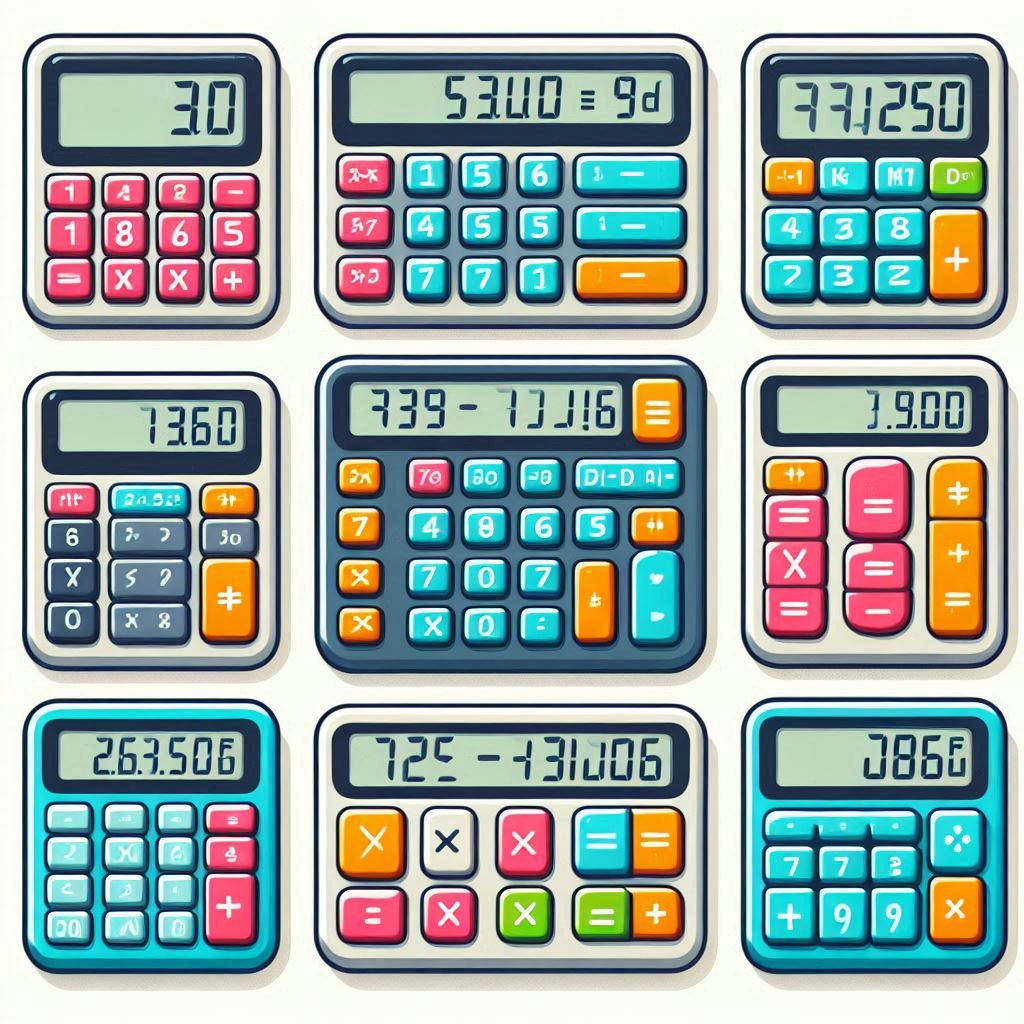Популярные статьи
Реклама
Обратная связь
Яндекс Апдейт
Сервис не доступен
Оцените работу движка
Кто онлайн
Гость Гость Гость Гость Гость Гость Гость Гость Гость Гость Гость Гость Гость Гость Гость Гость Гость Гость Гость Гость Гость Гость Гость Гость Гость Гость Гость Гость Гость Гость Гость Гость Гость Гость Гость Гость Гость Гость Гость Гость Гость Гость Гость Гость Гость Гость Гость Гость Гость Гость Гость Гость Гость Гость Гость Гость Гость Гость Гость Гость Гость Гость Гость Гость Гость Гость Гость Гость Гость Гость Гость Гость Гость Гость Гость Гость Гость Гость Гость Гость Гость Гость Гость Гость Гость Гость Гость Гость Гость Гость Гость Гость Гость Гость Гость Гость Гость Гость Гость Гость Гость Гость Гость Гость Гость Гость Гость Гость Гость Гость Гость Гость Гость Гость Гость Гость Гость Гость Гость Гость Гость Гость Гость Гость Гость Гость Гость Гость Гость Гость Гость Гость Гость Гость Гость Гость Гость Гость Гость Гость Гость Гость Гость Гость Гость Гость Гость Гость Всего: 148
У нас искали
How To Use Exponents On Calculator

How to Use Exponents on Calculator
Using exponents in mathematical calculations can be challenging, especially when dealing with large numbers or complex equations. Fortunately, scientific calculators can make this task much easier. In this article, we will explore how to use exponents on a calculator, including the difference between scientific and business calculators, and how to enter and read exponents.

Scientific calculators are designed to handle complex mathematical functions, including exponents. They have dedicated keys for entering exponents, making it easy to perform calculations involving powers of 10 or other numbers. Business calculators, on the other hand, are designed for simpler calculations and do not typically have the same level of functionality as scientific calculators.

To use exponents on a scientific calculator, it is important to understand how to enter and read them. This involves using the exponent key to indicate the power to which a number is raised. By mastering this skill, you can perform a wide range of calculations involving exponents, including multiplication, division, and more.
Understanding Exponents
Exponents are a shorthand way of representing repeated multiplication of the same number. For example, 2 raised to the power of 3 can be written as 2і, which means 2 multiplied by itself three times (2 x 2 x 2 = 8).
The number being multiplied is called the base, and the small number written above and to the right of the base is called the exponent. The exponent tells you how many times to multiply the base by itself.
Exponents are commonly used in scientific notation to represent very large or very small numbers. For example, the speed of light in a vacuum is approximately 299,792,458 meters per second, which can be written as 2.99792458 x 10⁸ m/s. The number 10 is the base, and the exponent 8 tells you to multiply 10 by itself eight times.
It's important to note that exponents follow a specific order of operations, which is parentheses, exponents, multiplication and division (from left to right), and addition and subtraction (from left to right). This means that if an expression contains both exponents and multiplication, you must perform the exponentiation first.
In summary, exponents are a useful tool for representing repeated multiplication of the same number and for expressing very large or very small numbers. By understanding the basics of exponents and the order of operations, you can easily perform calculations involving exponents on a calculator.
Types of Calculators
Calculators come in different types, each with its unique features and functions. The following are some of the most common types of calculators:
Basic Calculator
A basic calculator is the most common type of calculator used for simple arithmetic calculations. It can perform basic operations such as addition, subtraction, multiplication, and division. Some basic calculators also have additional features such as square root, percentage, pi, exponents, powers, and rounding.
Scientific Calculator
A scientific calculator is a more advanced calculator that is used for complex mathematical calculations. It has more functions than a basic calculator, including trigonometric, logarithmic, and exponential functions. Scientific calculators also have the ability to perform calculations with complex numbers, matrices, and vectors.
Graphing Calculator
A graphing Ap Csp Exam Calculator, , is a specialized calculator that is used for graphing mathematical functions. It is commonly used in advanced math classes such as calculus. Graphing calculators have a larger screen than basic and scientific calculators, and they can display graphs and charts.
Financial Calculator
A financial calculator is a specialized calculator that is used for financial calculations such as calculating interest rates, loan payments, and amortization schedules. It is commonly used in finance and accounting.
Programmable Calculator
A programmable calculator is a calculator that can be programmed to perform specific functions. It is commonly used in engineering, computer science, and other fields that require complex calculations. Programmable calculators can be customized to perform specific calculations and can also be used to store data.
In conclusion, the type of calculator you choose will depend on your specific needs and the type of calculations you need to perform. Whether you need a basic calculator for simple arithmetic calculations or a more advanced calculator for complex mathematical functions, there is a calculator out there that will meet your needs.
Basic Exponentiation on Standard Calculators
Exponentiation is a mathematical operation that involves raising a number to a power. This operation is commonly used in various fields of mathematics and science. Fortunately, most standard calculators have a built-in function for performing exponentiation. In this section, we will discuss how to use exponents on a standard calculator.
Using the Exponent Key
The easiest way to perform exponentiation on a standard calculator is to use the exponent key. This key is usually denoted by the symbol "^" or "y^x". Here are the steps to use the exponent key:
Enter the base number.
Press the exponent key.
Enter the exponent.
For example, to calculate 2 raised to the power of 3, you would enter "2", press the exponent key, and then enter "3". The calculator should display the result, which in this case is "8".
Manual Multiplication
Another way to perform exponentiation on a standard calculator is to use manual multiplication. This method is useful when the calculator does not have an exponent key or when dealing with large exponents. Here are the steps to use manual multiplication:
Enter the base number.
Multiply the base number by itself as many times as the exponent indicates.
For example, to calculate 2 raised to the power of 4, you would enter "2", multiply it by itself three times, and then press equals. The calculation would look like this: 2 x 2 x 2 x 2 = 16. The calculator should display the result, which in this case is "16".
In conclusion, standard calculators provide a simple and efficient way to perform exponentiation. By using the exponent key or manual multiplication, users can quickly calculate the value of any number raised to a power.
Advanced Exponentiation on Scientific Calculators
Scientific calculators are capable of performing advanced exponentiation operations that are not available on basic calculators. This section will cover some of the most commonly used advanced exponentiation functions on scientific calculators.
Accessing Scientific Functions
Before using advanced exponentiation functions on a scientific calculator, it is important to know how to access the scientific functions. Most scientific calculators have a "2nd" or "Shift" button that allows access to additional functions. To access the scientific functions, press the "2nd" or "Shift" button followed by the function key.
Using the Power Function
The power function is used to raise a number to a specific power. On most scientific calculators, the power function is represented by "^" or "x^y". To use the power function, enter the base number followed by the power function key, then enter the exponent.
For example, to calculate 2 raised to the power of 3, enter "2 ^ 3" or "2 x^y 3". The calculator will display the result, which is 8.
Working with Square Roots and Other Radicals
Scientific calculators also have functions for working with square roots and other radicals. The square root function is represented by "√" or "sqrt". To calculate the square root of a number, enter the number followed by the square root function key.
For example, to calculate the square root of 9, enter "√9" or "sqrt(9)". The calculator will display the result, which is 3.
Other radical functions include cube roots and nth roots. These functions are accessed in a similar way to the square root function, but require the input of the root number in addition to the radicand.
In conclusion, scientific calculators offer a range of advanced exponentiation functions that can be useful for solving complex math problems. By accessing the scientific functions and using the power function, square root function, and other radical functions, users can perform a variety of exponentiation operations with ease.
Graphing Calculators and Exponents
Graphing calculators are powerful tools that can help you visualize and understand complex mathematical concepts, including exponents. In this section, we will explore how to use graphing calculators to graph exponential functions and adjust the viewing window to better understand these functions.
Graphing Exponential Functions
Graphing exponential functions on a calculator can be done in just a few simple steps. First, enter the base of the exponential function as the coefficient of the x variable. Next, enter the exponent as a power of e. For example, to graph the function f(x) = 2^x, enter "2x" as the function and "e^x" as the exponent.
Once the function has been entered, you can use the graphing calculator to plot the function and explore its properties. You can adjust the viewing window to zoom in on specific regions of the graph, or change the scale of the x and y axes to better visualize the function.
Adjusting the Viewing Window
Adjusting the viewing window on a graphing calculator is an important skill that can help you better understand the behavior of exponential functions. By changing the range of values displayed on the x and y axes, you can zoom in on specific regions of the graph or change the scale of the graph to better visualize the function.
To adjust the viewing window on a graphing calculator, use the window settings menu. This menu allows you to set the minimum and maximum values for the x and y axes, as well as the scale of the axes. You can also adjust the number of tick marks displayed on each axis to make the graph easier to read.
In conclusion, graphing calculators are powerful tools that can help you better understand exponential functions. By graphing these functions and adjusting the viewing window, you can gain insight into their behavior and properties.
Troubleshooting Common Errors
Syntax Errors
One of the most common mistakes when using exponents on a calculator is entering the wrong syntax. For example, entering "5^2" instead of "5 raised to the power of 2". It is important to use the correct syntax when entering exponents into a calculator to avoid errors.
To avoid syntax errors, it is recommended to use the exponent key on the calculator. This key is usually represented by a "^" symbol or an "x^y" symbol. It is also important to make sure that the base and exponent are entered correctly and in the correct order.
Order of Operations Mistakes
Another common mistake when using exponents on a calculator is making errors in the order of operations. The order of operations is the sequence in which mathematical operations should be performed. The order of operations for exponents is to first evaluate the exponent, then perform any multiplication or division, and finally perform any addition or subtraction.
To avoid order of operations mistakes, it is recommended to use parentheses to clearly indicate the order in which operations should be performed. For example, instead of entering "5+2^3", it is recommended to enter "(5+2)^3" to ensure that the addition is performed before the exponent.
By being aware of these common errors and taking steps to avoid them, users can use exponents on a calculator with confidence and accuracy.
Tips for Efficient Calculator Use
Using Memory Functions
One of the best ways to increase efficiency while using a calculator is by utilizing the memory functions. Most scientific calculators have a memory function that allows you to store a number for later use. This is especially useful when working with large numbers or when performing a series of calculations that require the same number. To use the memory function, simply press the "M+" button to store the current number, and then press "MR" to recall it later. You can also use the "MC" button to clear the memory.
Shortcut Keys
Many scientific calculators have shortcut keys that allow you to quickly perform common calculations. For example, the "^" key is used to perform exponents, and the "/" key is used to perform division. By learning these shortcut keys, you can save time and increase your efficiency. Some calculators also have a "percent" key that allows you to quickly calculate percentages, as well as a "square root" key that allows you to quickly find the square root of a number.
In addition to these tips, it's important to familiarize yourself with the specific functions and capabilities of your calculator. By doing so, you can take advantage of all of its features and increase your efficiency even further. With a little practice and knowledge, you can become a master at using your calculator and perform calculations quickly and accurately.
Practice Problems and Examples
Exponents can be a bit tricky, especially when dealing with larger numbers or negative exponents. However, with practice, you can master the rules and become proficient in using exponents on a calculator.
Here are a few practice problems and examples to help you get started:
Problem 1
Evaluate 4^3.
To solve this problem, simply enter 4, then press the x^y button, followed by 3, and then the equals sign. The answer should be 64.

Problem 2
Simplify 5^2 * 5^3.
To solve this problem, you can use the rule that states when you multiply two powers with the same base, you can add their exponents. Therefore, 5^2 * 5^3 is equal to 5^(2+3), which simplifies to 5^5. To find the answer, simply enter 5, then press the x^y button, followed by 5, and then the equals sign. The answer should be 3125.
Problem 3
Evaluate (2/3)^-4.
To solve this problem, you can use the rule that states when you have a negative exponent, you can flip the base and make the exponent positive. Therefore, (2/3)^-4 is equal to (3/2)^4. To find the answer, simply enter 3, then press the ч button, followed by 2, then press the x^y button, followed by 4, and then the equals sign. The answer should be 5.0625.
By practicing with problems like these, you can become more comfortable with using exponents on a calculator. Remember to double-check your work and use the correct order of operations, and you'll be a pro in no time!
Frequently Asked Questions
What is the process for entering exponents on a scientific calculator?
To enter exponents on a scientific calculator, locate the exponent button, usually denoted by a "^" symbol or "xy" on the calculator. Enter the base number you want to raise to a power, then press the exponent button, followed by the exponent. The calculator will then display the result of the exponentiation.
How can I calculate a number raised to the power of another on an iPhone calculator?
To calculate a number raised to the power of another on an iPhone calculator, open the calculator app, and turn your phone to landscape orientation to activate the scientific calculator. Then, enter the base number, followed by the exponent button (usually denoted by a "^" symbol), and then the exponent. The calculator will then display the result of the exponentiation.
What steps should I follow to use the exponent key on a Casio fx-82ms calculator?
To use the exponent key on a Casio fx-82ms calculator, enter the base number, followed by the exponent button (usually denoted by a "^" symbol), and then the exponent. The calculator will then display the result of the exponentiation.
How do I perform exponential calculations on a TI-30X calculator?
To perform exponential calculations on a TI-30X calculator, enter the base number, followed by the exponent button (usually denoted by a "^" symbol), and then the exponent. The calculator will then display the result of the exponentiation.
What is the method for calculating powers of 10 on various calculators?
To calculate powers of 10 on various calculators, enter the number 10, followed by the exponent button (usually denoted by a "^" symbol), and then the exponent. The calculator will then display the result of the exponentiation, which will be a power of 10.

How do you use the exponent function on a TI-84 calculator?
To use the exponent function on a TI-84 calculator, enter the base number, followed by the exponent button (usually denoted by a "^" symbol), and then the exponent. The calculator will then display the result of the exponentiation. Alternatively, you can use the "y to the x" button to perform exponentiation.
Уважаемый посетитель, Вы зашли на сайт kopirki.net как незарегистрированный пользователь.
Мы рекомендуем Вам зарегистрироваться либо войти на сайт под своим именем.
Мы рекомендуем Вам зарегистрироваться либо войти на сайт под своим именем.

 Просмотров: 40
Просмотров: 40  Комментариев: (0)
Комментариев: (0)